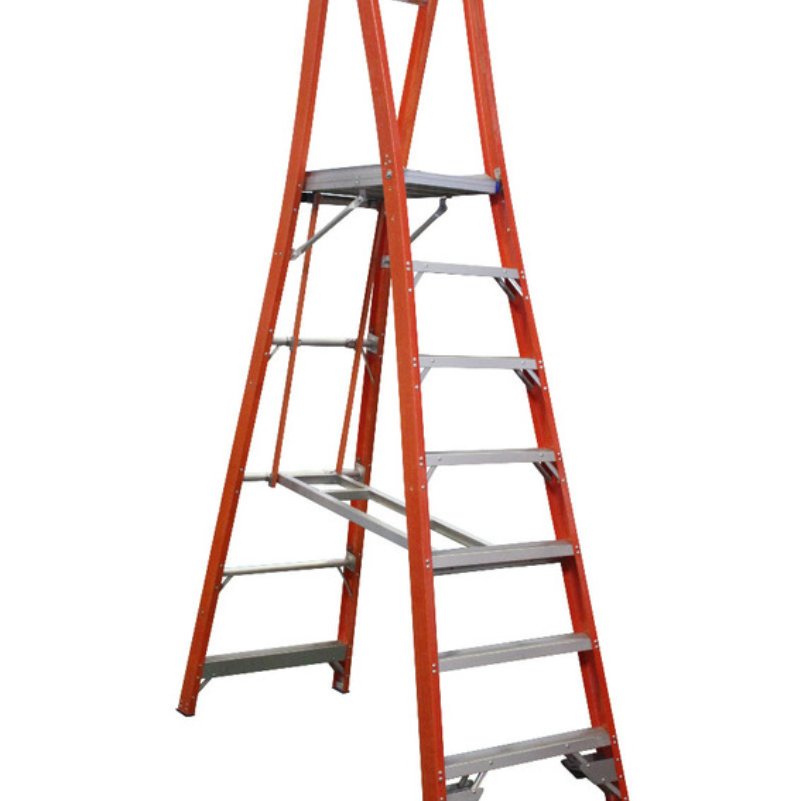Consider the Height
The first thing you need to consider when choosing an Indalex ladders is the height of the task you need to perform. Industrial ladders come in a variety of heights, ranging from small step ladders to large extension ladders. The height of the ladder you choose will depend on the height of the task you need to perform.
It's important to choose a ladder that is tall enough to reach the required height, but not so tall that it becomes unstable. As a rule, choose a ladder that is 3 feet taller than the highest point you need to reach. This will ensure that you can safely perform the task without having to overreach or stand on the top rung of the ladder.
Consider the Load Capacity
Another important factor to consider when choosing an industrial ladder is the load capacity. The load capacity refers to the maximum weight the ladder can safely support, including the weight of the worker and any equipment or materials they are carrying.
It's important to choose a ladder with a load capacity that is sufficient for your needs. If you need to carry heavy equipment or materials up the ladder, you may need to choose a ladder with a higher load capacity.
Consider the Type of Industrial Ladder
Industrial ladders come in a variety of types, each with its own unique features and benefits. The most common types of industrial ladders include:
- Step ladders: These ladders are self-supporting and are designed to be used in a wide variety of indoor and outdoor tasks.
- Extension ladders: These ladders are designed to be extended to reach high places, making them ideal for tasks like painting or cleaning gutters.
- Rolling ladders: These ladders have wheels on the bottom, making them easy to move from one location to another. They are often used in industrial settings where workers need to access materials on high shelves or storage areas.
- Telescoping ladders: These ladders are designed to be compact and easy to store, making them ideal for workers who need to transport ladders to different job sites.
Industrial ladders are made from a variety of materials, each with its own unique features and benefits. The most common materials used to make industrial ladders include:
- Aluminum: Aluminum ladders are lightweight, durable, and resistant to rust and corrosion. They are ideal for workers who need to transport ladders to different job sites.
- Fiberglass: Fiberglass ladders are strong, durable, and non-conductive, making them ideal for workers who need to work near electrical sources.
- Steel: Steel ladders are strong and durable, making them ideal for heavy-duty tasks. However, they are also heavy and can be difficult to transport.
Safety should always be a top priority when choosing an industrial ladder. Look for ladders that have safety features such as non-slip treads, locking mechanisms, and stabilizers. These features can help ensure that the ladder remains stable and secure while you are working.
It's also important to choose a ladder that meets industry safety standards. Look for ladders that are certified by organizations like the Occupational Safety and Health Administration (OSHA) or the Australian National Standards Institute (ANSI).

